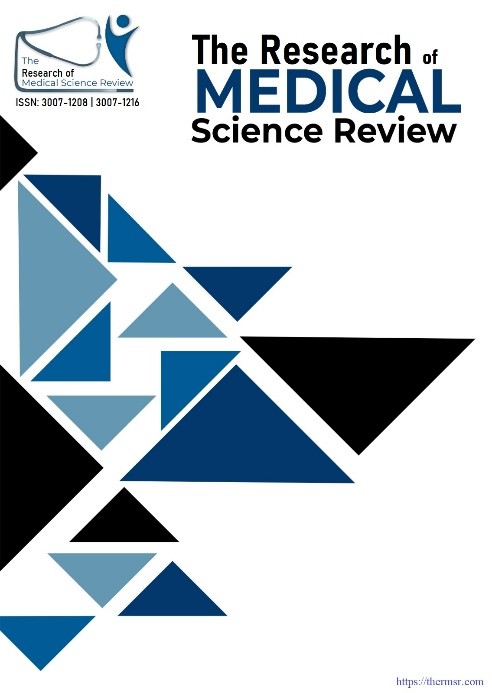IMPROVEMENT IN NYHA CLASS IN PATIENTS OF HEART FAILURE WITH REDUCED EJECTION FRACTION AFTER INITIATION OF SACUBITRIL/VALSARTAN
Main Article Content
Abstract
Heart failure with reduced ejection fraction (HFrEF) is associated with significant morbidity and mortality despite guideline-directed therapy. In this prospective, cohort study, symptomatic and structural changes during the first 6 months of treatment with sacubitril/valsartan in 98 patients with HFrEF were assessed. The LVEF inlet and NYHA class II, III and IV pre-therapy also underwent a standardized titration, in order to reach a target dosage of 97/103 mg bid or tid. Adverse events were reported and the primary endpoint was change in NYHA class and secondary endpoints were the change in LVEF, NT-proBNP levels, and HF hospitalization.
At 6 months, 63.3% of patients achieved ≥1-class NYHA status improvement (p < 0.0001), and mean LVEF increased from 28.4 ± 4.0% at baseline to 33.9 ± 7.1% (p < 0.0001). The target dose was achieved in 79%, but the agents were withdrawn in 5.1% owing to hypotension or renal‐function impairment. There was a declining trend in NT-proBNP, as well as fewer heart failure admissions relative to the pre-treatment period, based on preliminary analyses. Sacubitril/valsartan was safe and induced reverse remodelling and symptomatic improvement in real-life HFrEF. These results justify considering its inclusion in daily practice in order to maximize the functional capacity and cardiac performance.
Downloads
Article Details
Section

This work is licensed under a Creative Commons Attribution-NonCommercial-NoDerivatives 4.0 International License.
